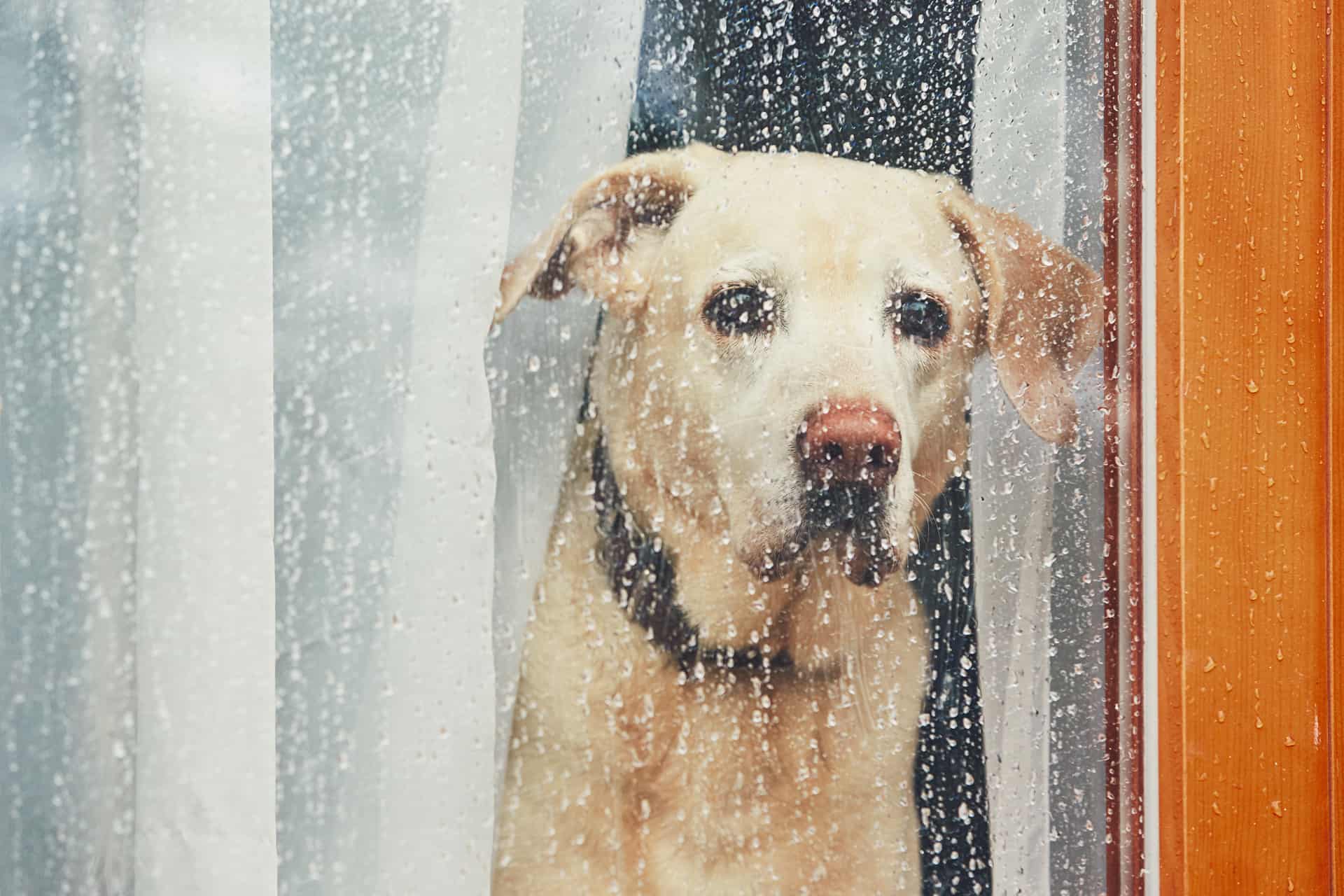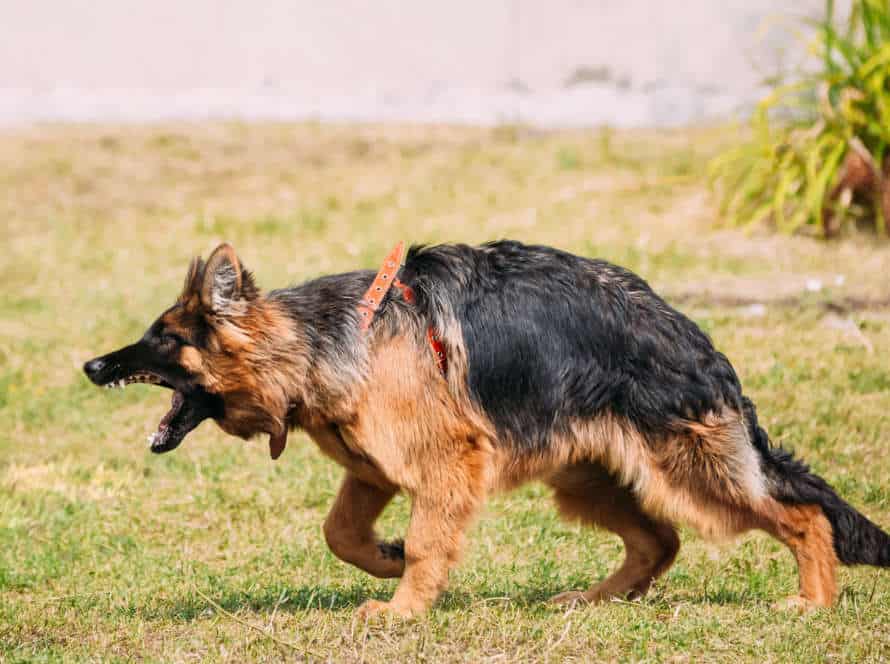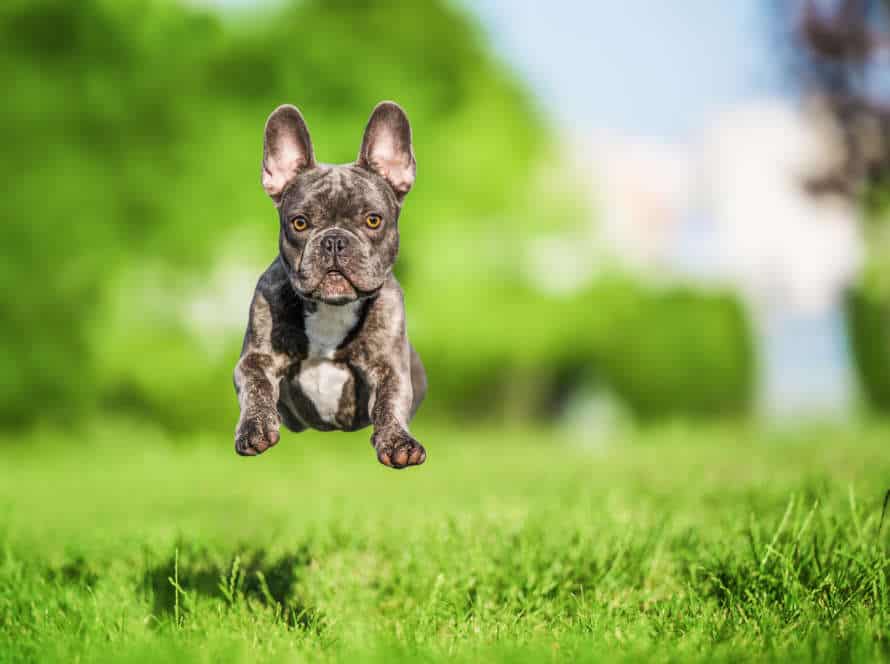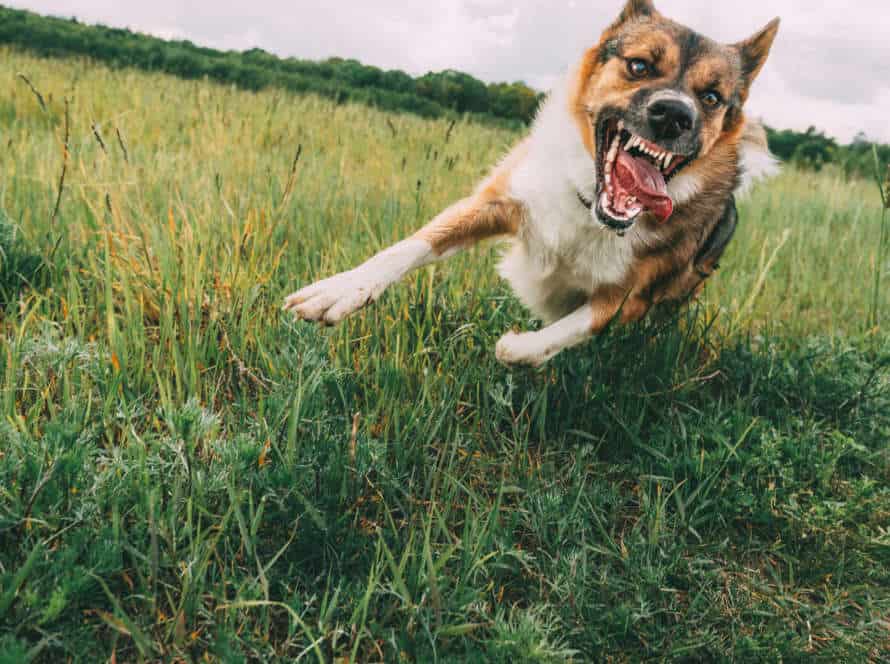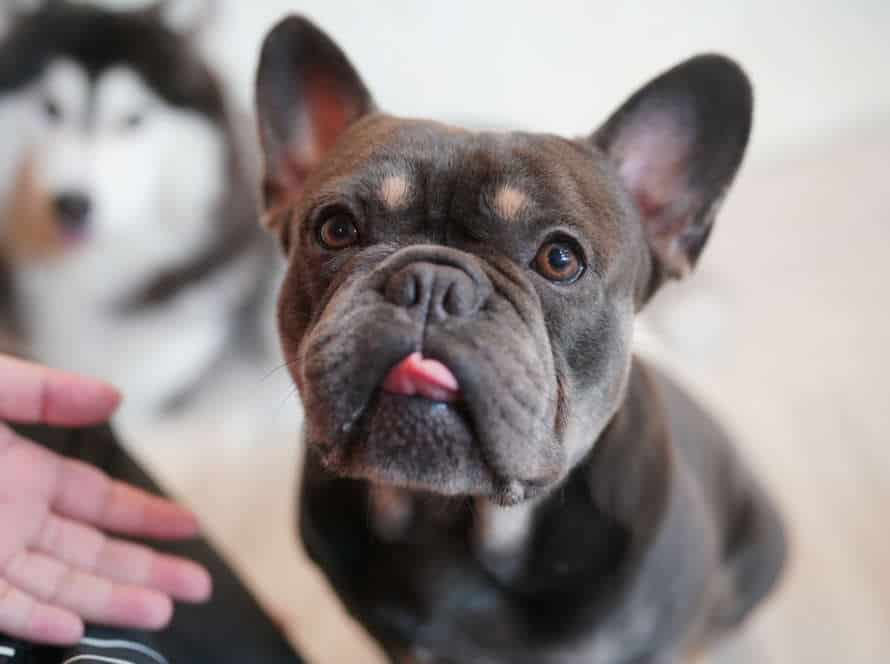Understanding Separation Anxiety in Adult Dogs
Adopted adult dogs may be prone to separation anxiety. Left alone, they can become distressed, showing signs of fear and anxiety. Such behavioral changes might include barking, chewing, or the urge to escape. To help your adopted dog, it’s crucial to recognize the causes and symptoms of separation anxiety. Let’s explore how to understand and tackle it better.
What is Separation Anxiety?
Separation anxiety is a behavioral issue. It’s when dogs feel too much distress and fear when away from their owners or alone. Signs of it in adult dogs include:
- Howling, barking, whining too much
- Trying to escape by destroying furniture, items, or doors and windows
- Going to the bathroom indoors, even if they are housebroken
- Pacing, panting, or trembling
Adopted adult dogs may have this more often, due to past experiences. To help, desensitize them to being away gradually. Create a comfy space, give them interactive toys or puzzles, or try calming aids. Severe cases may need a vet or professional dog trainer.
Why do adult dogs develop Separation Anxiety?
Separation anxiety in adult dogs is common. Reasons for it can be varied. For example, changes in lifestyle can trigger it. Maybe you have a new job, so you’re away from your pup for longer periods. Past experiences are another cause. Adopted or rescued dogs may have had abandonment or neglect in their past. Or, maybe your dog wasn’t socialized to being alone from a young age.
If you have an adult pup who’s anxious, take small steps. Leave them for short periods and gradually increase the time. Offer lots of toys and exercise, plus lots of positive reinforcement. In severe cases, get help from a vet or trainer.
Signs of Separation Anxiety in adult dogs
Adult dog separation anxiety is a common issue. It can be caused by several things, like changes in routine or environment, past traumas, and no proper training. If you think your furry pal has this, here are some signs to watch out for:
- Excessive barking, whining, or howling when left alone
- Chewing, scratching furniture, doors, or windows
- Urinating or pooping in the house, even if they’re house trained
- Pacing, restlessness, sticking close to you
- Loss of appetite, being tired and down.
If you just adopted an adult dog, here are some tips to stop or reduce the anxiety:
- Start with short periods of being apart and increase it
- Make a comfy and safe place for them
- Calmly come and go
- Give them mental and physical stimulation, with toys or puzzles, when you’re away.
Treating Separation Anxiety in Adult Dogs
Separation anxiety in adult dogs who have been newly adopted is real. Treating it can be hard, but with patience and correct strategies, it’s possible. In this article, we’ll explain how pet owners can help their dogs deal with this issue and give them the self-assurance they need to feel safe and independent.
Gradual Desensitization
Gradual desensitization is a useful technique for treating adult dogs with separation anxiety, especially if they were recently adopted. The aim? To teach the pup that it’s alright to be alone for short intervals, and that the owner will be back. Here’s how:
- Commence by leaving the dog alone for a short 5-10 minutes.
- Provide them with some toys or snacks to keep them occupied.
- Gradually extend the time apart, adding a few minutes each time.
- Remain patient and consistent in your training – don’t rush.
- If necessary, use medication or natural remedies to ease their anxiety.
By following this method, your pup will learn to be comfortable with you being away, and their anxiety will reduce over time. Pro tip – Show your dog a lot of love and attention when you return so they know you missed them too!
Increased Exercise
Exercise can help treat adult dog separation anxiety. This may be due to fear, worry, or lack of socialization. Exercise can improve mental and physical health. It can burn off energy, reduce restlessness, and calm the dog. Here’s how to get more exercise into your pup’s routine:
- Go for daily walks or runs.
- Play interactive games with your pup.
- Train your pup new tricks or agility exercises.
- Mentally stimulate them with puzzles, toys, or treat dispensers.
Pro Tip: Exercise alone won’t cure separation anxiety. Talk to a vet or trainer for a treatment plan.
Interactive Toys and Treats
Interactive toys and treats can help ease separation anxiety in adult dogs, especially newly adopted ones. Here are some great options to try:
- Puzzle Toys – These challenge dogs to use problem-solving skills to get rewards.
- Chew Toys – Chew toys satisfy the need to chew and give comfort. Get durable ones made from rawhide or other long-lasting materials.
- Treat Dispensing Toys – Keep your dog engaged with these. Fill ’em with peanut butter or other treats for distraction.
- Frozen Treats – Make flavored broth or low-fat yogurt into ice cubes or Kong toys. It’ll keep your adult dog entertained for longer!
Implementing Positive Reinforcement Training for Separation Anxiety
Training your adult adopted pup to be content away from you may seem overwhelming. Thankfully, positive reinforcement training can help! This type of training allows your dog to learn how to be cheerful and chill even when you’re not around. Let’s look at how you can use positive reinforcement to overcome your pooch’s separation anxiety!
Reward-based training for Separation Anxiety
Reward-based training can help with separation anxiety in adult dogs that have just been adopted. It rewards good behavior and makes it fun for the dog, encouraging them to keep doing it. Here’s what you can do:
- Start by teaching them a “stay” or “wait” command when you’re in sight. Give them a treat or toy when they obey.
- Increase the distance between you and your dog, praising and rewarding them when they stay calm.
- Slowly raise the time you’re away, starting with a few seconds and going up to longer periods. Always reward good behavior and ignore bad.
- Train consistently but keep it short. With patience and consistency, your adopted dog will overcome their anxiety with reward-based training.
Using positive reinforcement to create a calm environment
Positive reinforcement training is a powerful way to create a peaceful and happy space for your newly adopted adult dog – especially if they have separation anxiety. This means rewarding good behaviour and ignoring bad behaviour – to strengthen good habits and reduce bad.
Here’s how to use positive reinforcement to handle separation anxiety in your adult dog:
- Start small – leave them alone for short periods and give a treat or praise when they stay calm and quiet.
- Gradually increase the time you’re away, keeping the same reward system and rewarding them when they stay composed.
- Create positive associations with leaving – use a treat or toy to distract them as you go, so your departure is linked with something nice.
With patience, consistency, and positive reinforcement, it’s possible to lower your dog’s anxiety levels and make your home a more relaxed, happy place.
How to provide positive reinforcement to your dog
Positive reinforcement is a training technique that rewards desired behaviors. It’s a great tool for managing separation anxiety in adult dogs you’ve adopted. Here’s how to do it:
- Treats – they’re great motivators.
- Verbal praise – dogs love positive feedback.
- Use toys – chew toys, puzzle feeders can distract.
- Give attention – shower your pup with affection.
- Time-outs – ignore bad behavior, reward good.
Be consistent with this technique. Patience is key – you may need to wait to see results.
Other Methods to Treat Separation Anxiety in Adult Dogs
Adult dogs with separation anxiety can be tricky to tackle. Some may benefit from classic methods e.g. crate training or desensitization, but others may need something else. In this article, we’ll explore non-traditional methods for treating adult dogs with separation anxiety. We’ll look at counterconditioning, medications and adjusting the environment.
Anti-Anxiety Medications
Medication for adult dogs is an option for easing separation anxiety. But, first try these other strategies:
- Desensitization training – Getting your pup used to being on their own gradually.
- Crate training – Make a comfy and safe space while you’re away.
- Herbal supplements – Chamomile and Valerian root have calming properties.
- Seek professional help – Have a medical expert or animal behaviorist assess the severity and provide advice.
Medication has potential side effects. So, try alternatives first.
Thundershirts or anxiety vests
Thundershirts or anxiety vests are a popular way to ease separation anxiety in dogs. They work by providing comforting pressure, like swaddling a baby. But this is not the only solution for adult dogs who have just been adopted.
Other methods include:
- Gradually increase the time your dog is alone.
- Make a safe space with their bed, toys, and familiar scents.
- Use positive reinforcement to teach them to associate being alone with something positive, like treats or toys.
- Talk to a vet about medication if needed.
Pro tip: Separation anxiety can be tough, but with patience and persistence, most dogs can learn to be comfortable when alone.
Pheromone diffusers or sprays
Pheromone diffusers & sprays are a great way to treat adult dog’s separation anxiety. They mimic the natural scents of a mother dog, creating comfort & security for your pup. Popular products include Adaptil, Comfort Zone & Sentry. You can find them in most pet stores.
Pro tip: Start with low concentration and slowly increase the dosage over a few days. Don’t overwhelm your dog!
Preventing Separation Anxiety in Adult Dogs
Adopting an adult dog can be tricky – separation anxiety can be a real issue! It can show in multiple ways. From barking when left alone to destructive behavior or escape attempts. Though it may be difficult, there are strategies you can use to prevent it.
Here’s how to help your new pet adjust to its home and avoid separation anxiety:
Providing Adequate Training
Training is essential for stopping adult dogs feeling separation anxiety, especially if you’ve just adopted one. Good training can make them more relaxed when they’re alone and reduce the signs of separation anxiety. Here are some key tips:
- Start with short periods away and gradually increase it as your dog gets more used to it.
- Keep arrivals and departures low-key and don’t overdo the goodbyes or welcomes.
- Create a space that’s safe and secure when you’re not there, like a crate or room.
- Use positive reinforcement techniques like treats and toys so they associate being on their own with positive experiences.
- See if a professional dog trainer or behaviourist can create a tailored plan for your dog.
Provide them with the right training and support and you’ll be able to help them beat their separation anxiety and feel more secure and confident.
Building A Consistent Daily Routine
Creating a daily routine is essential for avoiding separation anxiety in adult dogs or tackling it in newly adopted ones. Here’s what to do:
- Set a daily plan for your pup and follow it as much as possible. Include exercise, play, training, and rest.
- Gradually get your dog used to being solo by leaving for brief times and praising them when you get back.
- Don’t give a big show when you leave or come home, since it can up their anxiousness.
- Provide your pet with a spot that’s comfortable and secure when they’re alone.
- If your dog’s separation anxiety persists despite your hard work, look into getting help from a dog trainer or animal behaviorist.
By being consistent and patient, you can help your furry buddy feel more calm and secure when they’re alone.
Creating a Comfortable Environment
Creating a comfy atmosphere is vital to preventing and managing separation anxiety in adult dogs. Especially for newly adopted ones.
A few ways to do this are:
- Crate Training – Start with short sessions in the crate, so the pup doesn’t think being in there is the same as being alone.
- Provide Comfort – Place a nice bed or blanket, and some toys and water in the crate and other spots in the house.
- Consistent Daily Routine – Establish a regular routine for meals, exercise, and playtime to give the dog stability and security.
- Calming Techniques – Try things like playing calming music, leaving the TV on, or using essential oils in a diffuser to create a soothing atmosphere.
By setting up a familiar and comfortable environment, adult dogs are more likely to adjust to their new home and have less separation anxiety.
Frequently Asked Questions
1) What is separation anxiety?
Separation anxiety is a condition in dogs where they become extremely distressed and anxious when left alone or separated from their owner.
2) How can I tell if my newly adopted adult dog has separation anxiety?
Some signs of separation anxiety in dogs include excessive barking or howling when left alone, destructive behaviors (such as chewing or digging), and urinating or defecating indoors despite being house-trained.
3) What can I do to help my dog with separation anxiety?
There are a number of strategies that can be helpful in addressing separation anxiety in dogs, including gradually increasing the amount of time your dog is left alone, providing lots of exercise and mental stimulation, and using calming supplements or medication as recommended by your veterinarian.
4) Will separation anxiety ever go away on its own?
In some cases, separation anxiety may improve over time with consistent training and management. However, for some dogs, a more comprehensive treatment plan may be needed in order to effectively manage the condition long-term.
5) Can separation anxiety be prevented in newly adopted dogs?
While some level of anxiety may be normal for newly adopted dogs as they adjust to their new homes, there are steps that can be taken to help minimize the risk of developing separation anxiety. These can include gradually acclimating your dog to being left alone, providing plenty of positive reinforcement for good behavior, and maintaining a consistent routine as much as possible.
6) When should I seek professional help for my dog’s separation anxiety?
If your dog’s separation anxiety is severe or doesn’t seem to be improving with the strategies you’ve tried, it’s often a good idea to seek the help of a professional dog trainer or behaviorist. They can help you develop a more personalized treatment plan and offer ongoing support as needed.

